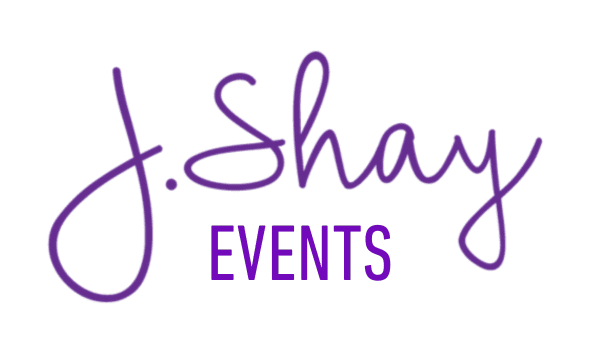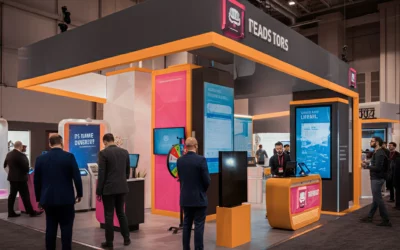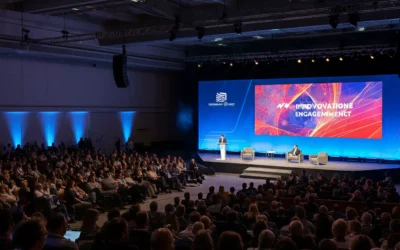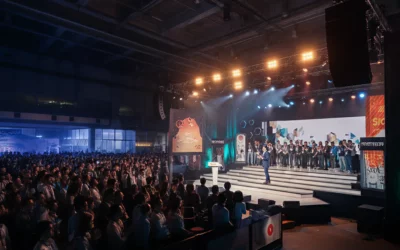Education sessions are fundamental for any larger program or conference. They give your attendees an opportunity to explore specific parts of your overall event’s message by going wider and deeper into your theme, brand, and content.
Think of education sessions, a specific type of breakout session, as classroom-style mediums that are small enough to promote engagement between the speaker and the audience, allowing for Q&A and deeper learning. These are critical to ensuring your event’s goals and objectives are met.
Why Engagement Matters in Education Sessions
There are multiple, progressive steps to any successful event. You start with a wide net that captures attention and demands authority – This is where your most prominent speakers open up the event and welcome your attendees. They build authority and incite anticipation by highlighting past successes while building the audience up for the future.
After the initial all-hands, your event will need focused education sessions to really dive into your content.
Keep in mind that in order to accomplish your event goals and objectives, your audience has to stay interested from the beginning of the first day through the end – All great events do this.
If you can think of your entire event with multiple levers that are all intended to be pulled at different times to keep the vibe fun, and interesting, then the prominent speakers, glitz, glam, and overall theme are leveraged during your all-hands sessions.
As you migrate to focused breakout sessions, you can’t pull these same levers to keep your audience engaged. Because the break-out sessions are focused on a specific topic, and in solitary rooms with smaller audiences (and coincidentally, less ‘glitz and glam’), you’ll have different opportunities for engagement.
How to Structure Your Agenda for Educational Sessions
Because the nature of a education sessions is to drill down on a specific facet of a product or service, they can’t be scheduled until after the opening keynote. This could be the 2nd half of the first day or the 2nd day entirely.
Generally speaking, you’ll have the President or CEO open up the event, followed by a few other ‘big wigs‘. This will likely last half of the first day.
Afterward, you might have education sessions sprinkled in with all-hands sessions for the following days. Off-site events and activities are encouraged after days filled with breakout sessions.
How to Make Education Sessions Engaging
1. Let your attendees choose their class
While you will inevitably make some education sessions required, limit those. For the remaining sessions, make attendance required but let the attendee pick and choose what their schedule looks like. Giving them the freedom to choose enables them to work on their weaknesses, or build on their strengths.
2. Include activities
You have the potential to lose your audience in the education sessions. You have less control over the actual speaker and content, so be sure to promote activities in each session to keep the audience engaged.
Activities can include anything that requires the attendee to be active during the education session, and will probably be different from every speaker based on that speaker’s style.
3. Keep the length short
If your breakout sessions are longer than 50 minutes, you may have a problem. Instead of trying to pack one topic into a long session, create multiple sessions using different speakers that don’t go over 50 minutes per session.
4. Work with your speakers
Ensure you don’t run into any other unforeseen problems by working with your speakers!
Create a list of ‘required’ and ‘recommended’ elements for every education session, while still giving your speakers the freedom to teach as they see fit. The required section might be items such as Hold meetings to 50 minutes; Include a resource for every session (print-out, online, etc.); Cover these areas for every topic, etc.
5. Keep the content relevant
Every speaker should stay relevant by keeping the central theme top of mind, and ensuring the content is in line. You can do this by reviewing all speakers’ content prior to the big day. Consider this a necessary pain.
You don’t need to analyze word for word, but you can avoid some big pitfalls by just quickly scanning the slides.
You might also like…
Top 10 U.S. Meeting Destinations for 2026
Successful corporate events don’t just happen — they’re built on smart decisions, starting with...
The Trade Show Prep Guide: Boost ROI Like a Pro
Trade shows are a powerful way to elevate your brand's visibility, connect with potential...
President’s Club 2026 Ultimate Gift Guide
Luxury, Personalization, and Impact for Unforgettable Incentive Travel President’s Club isn’t just...
The Role of Corporate Event Managers is Evolving
Corporate events aren’t what they used to be. Gone are the days of basic cocktail hours and...
Revitalizing Sales Kickoffs: Strategic Insights for 2026
Gone are the days when Sales Kickoffs (SKOs) were just annual corporate pep talks. Today's SKOs...
Planning for Performance: The 2026 Guide to Mastering Incentive Travel
Here's Why Incentive Travel is Your Secret Weapon in 2026... Gone are the days when incentive...







